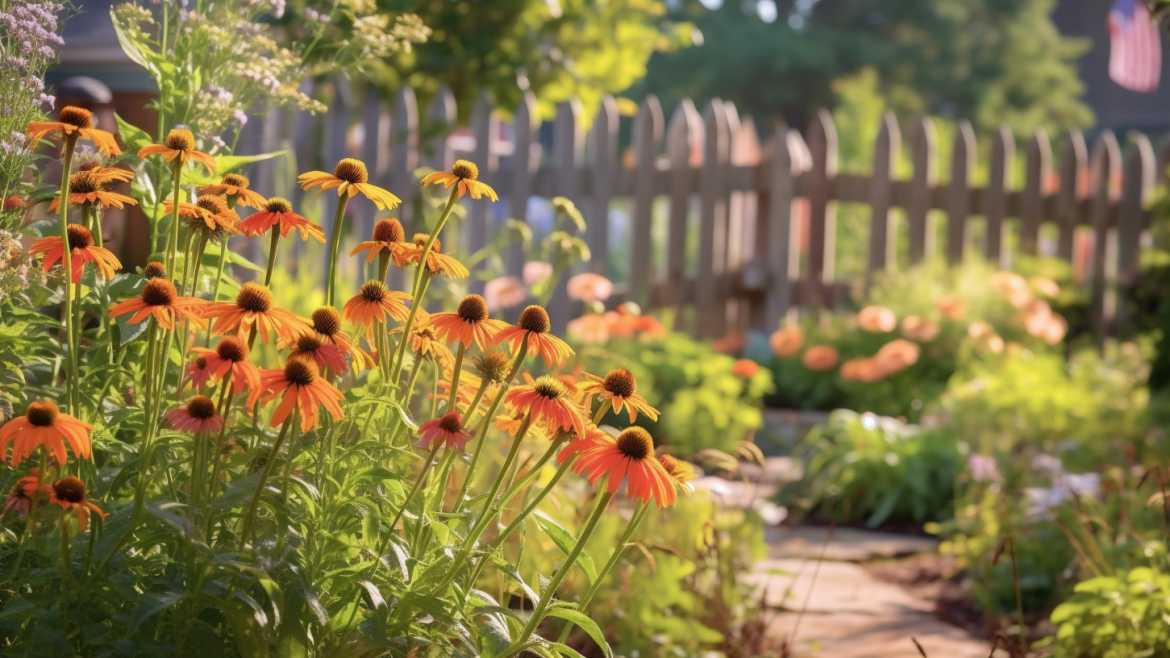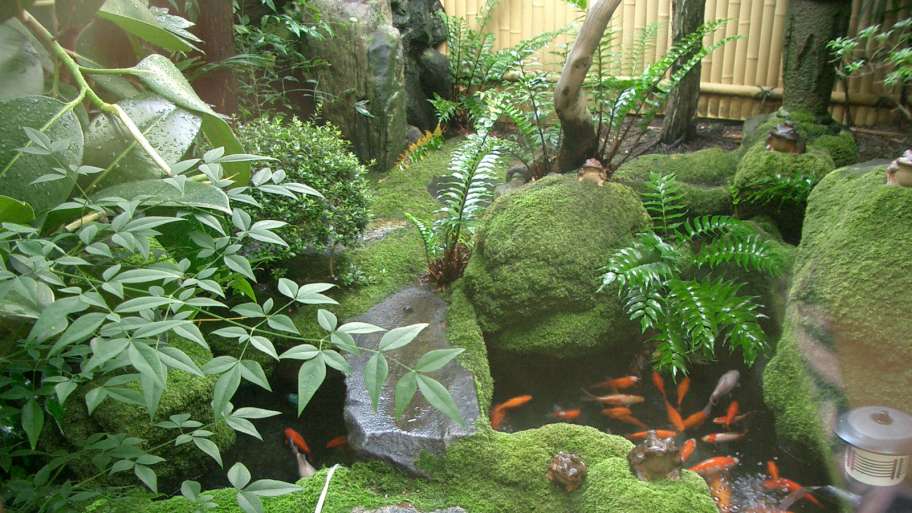Are you tired of relying solely on over-the-counter drugs for every little ache and ailment? Do you long for a natural way to enhance your well-being and harness the healing powers of Mother Nature? If so, you’re in the right place! With a bit of planning and some tender loving care, you can grow your own medicinal plant garden and create a treasure trove of healing right in your backyard. This beginner’s guide will walk you through the essentials of creating a thriving medicinal garden, from selecting the perfect location to choosing the right plants for your needs. Let’s dive in!
Selecting the Right Location for Your Medicinal Plant Garden
The key to a flourishing medicinal garden lies in finding the perfect spot. When scouting for a location, keep these factors in mind:
Sunlight: Most medicinal plants thrive in full sun, requiring at least six hours of direct sunlight per day. However, some plants, such as lemon balm and ginseng, prefer partial shade. Be sure to research the specific light requirements of the plants you choose.
Soil: Well-draining soil is essential for healthy plant growth. Perform a soil test to determine your soil type and make any necessary amendments, such as adding compost or organic matter, to improve soil fertility and drainage.
Accessibility: Position your garden where it’s easy to access for regular care, harvesting, and enjoying the beauty of your plants. A location near your home or a frequently-used outdoor space is ideal.
Choosing the Best Medicinal Plants for Your Needs
There’s a wide variety of medicinal plants to choose from, and selecting the right ones for your garden can be overwhelming. Start by considering your specific health needs, climate, and the amount of available space. Some popular medicinal plants to consider include:
Echinacea: Known for its immune-boosting properties, echinacea is often used to combat colds and flu.
Chamomile: With its soothing, calming effects, chamomile is a popular choice for treating insomnia, anxiety, and digestive issues.
Lavender: This fragrant plant is prized for its ability to reduce stress, alleviate headaches, and promote restful sleep.
Peppermint: A versatile herb, peppermint can help soothe digestive troubles, relieve headaches, and provide relief from respiratory congestion.
Calendula: With its vibrant flowers, calendula has skin-soothing properties and can be used to treat minor cuts, burns, and skin irritations.
Remember to research each plant’s specific growing requirements and potential interactions with medications or health conditions.
Preparing and Planting Your Medicinal Garden
With your location selected and your plants chosen, it’s time to prepare and plant your medicinal garden. Follow these steps to ensure success:
- Prepare the soil: Remove any weeds or debris from your garden site and work in compost or other organic matter to improve soil fertility and drainage.
- Design your garden: Create a layout that accommodates the size and growth habits of your chosen plants, leaving enough space between them for air circulation and ease of maintenance.
- Plant your seeds or seedlings: Follow the specific planting instructions for each of your chosen plants. Be sure to provide proper support, such as stakes or trellises, for climbing or sprawling plants.
- Mulch and water: Apply a layer of organic mulch around your plants to help conserve moisture and suppress weeds. Water your garden regularly, keeping the soil consistently moist but not waterlogged.
Congratulations! You’ve taken the first steps towards cultivating your very own medicinal plant garden. As you nurture your plants and watch them grow, you’ll be well on your way to harnessing the healing power of nature and enhancing your well-being. Your garden will not only provide you with natural remedies but will also become a sanctuary where you can reconnect with the Earth and find solace in its beauty.
But creating a medicinal garden is just the beginning! In our next article, “Caring for Your Medicinal Plant Garden: Tips for Healthy, Thriving Plants,” we’ll explore the secrets to keeping your garden vibrant and flourishing, from proper watering techniques to organic pest control. With our guidance, you’ll be well-equipped to tend to your garden with confidence, ensuring a bountiful harvest of healing herbs for years to come. So go ahead and immerse yourself in the art of medicinal gardening – your body, mind, and spirit will thank you!




